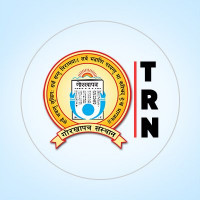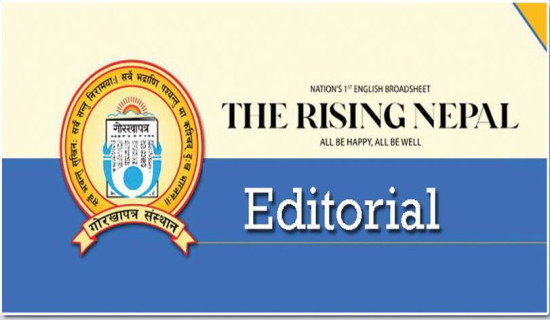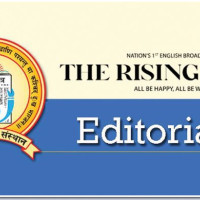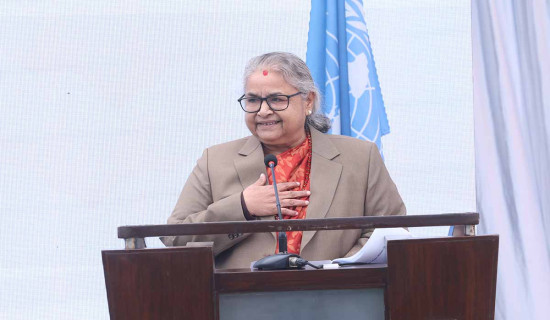- Thursday, 18 December 2025
SEE In Three Years
The class 10 examination, now known as the Secondary Education Examination (SEE), for the current year started on Friday (April 22) across the country. The examination, in which over 500,000 students from across the country are taking part, will last for 11 days. This is the first time in three years that the students appeared in the examination in person. In 2020 and 2021, students could not sit for this examination owing to the spread of the coronavirus pandemic. During that time, the students were declared successful in the SEE on the basis of grading they secured through school assessments. However, following a considerable curb on the pandemic's spread, the SEE is being conducted in the physical presence of students at more than 2000 examination centres, which will certainly help authorities in evaluating actual knowledge and skills acquired by the students during their academic years.
The present-day SEE is a modified version of the previously held School Leaving Certificate (SLC) examination, which was considered the toughest among school level exams, and, thus, aptly described as the 'iron gate' for students willing to pursue higher education. The SEE is considered a bit easier owing to the introduction of new provisions that aim to achieve more pass percentages. The relatively new alphabetic grading system to gauge the students' performance in the examination has also made the exam relatively easier. Despite this, the interests among the students and guardians of the SEE are still high as the final exam of class 10 provides an important dimension in guiding new paths for higher education. This exam enables the students to decide what kind of education they want for their career. And for achieving this, students have no alternative to being hard-working, creative in writing answers, reflective and prudent, which will undoubtedly earn them a high success rate.
In the meantime, it is estimated that students belonging to more than 11,000 schools will be destined for higher secondary education this time around. In this regard, the National Examinations Board (NEB) is now mulling handing over different responsibilities and rights to the provincial governments for conducting SEE by enacting a law. Under this, checking of answer sheets and numbering will be carried out by the concerned office of the state government. Similarly, the concerned office of the provinces will also be authorised to publish the results of the examination at its convenience. The new provision will enable the education authorities to make the SEE more organised in the days ahead.
Last but not least, owing to the recurrence of old questions and easy availability of guess papers, students are more prone to a practice of rote learning, which diminishes creativity and diligence level among students in tackling any type of questions during examinations. To discourage rote learning and dependence on guess papers, the NEB has now decided to prepare question papers that will have new questions every year. This is indeed a welcome step for promoting creativity, meticulousness and honesty among the SEE appearing students. While sitting in the SEE examination, what all students need to keep in mind is that they can taste success in the exam and future careers only through combing hard work and perseverance for which the SEE is a worthy test.
















